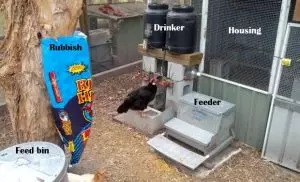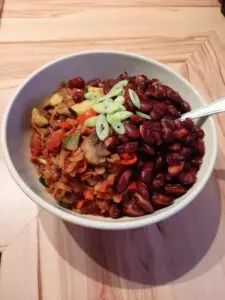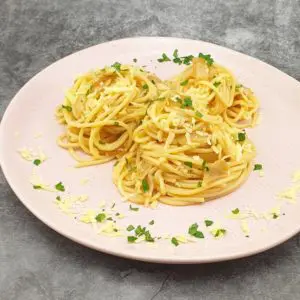The rapidly rising price of food, especially fresh produce, isn’t news to any of us these days. Basic living is getting tougher everywhere: inflation is up, interest rates are higher, and supply chains are stretched to breaking point. Being scared won’t help, because it doesn’t lead us to safety or rational thought. But there are solutions! Here are 5 solid practical steps you can take towards food security that will lower your food bill, improve your nutrition & localise your food.
Taking the first few steps might seem like taking on more work, but actually it isn’t hard. These are simple things that anybody and everybody can do. They will work on a small or a big scale, and can definitely be applied to suburban backyards or even courtyards.
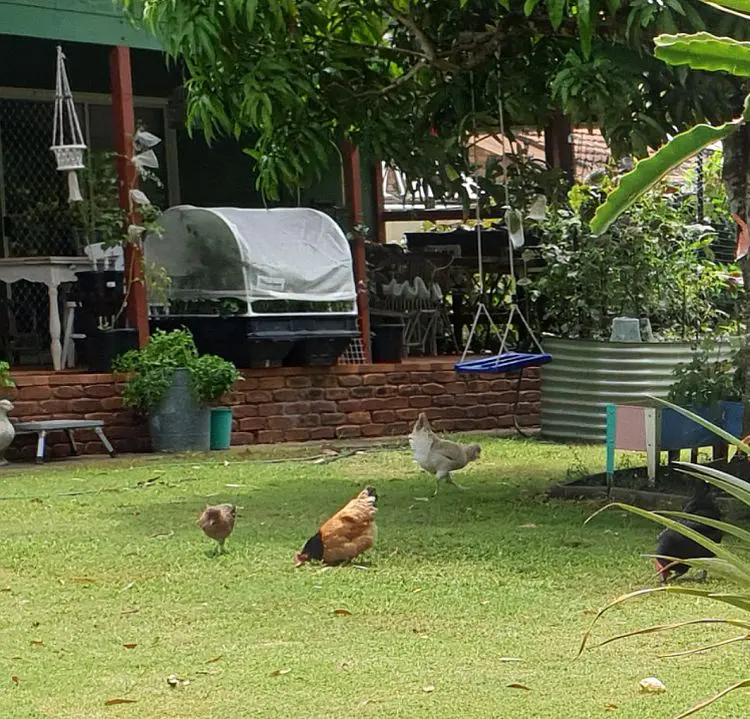
Keep Chickens
Chickens are often laughingly referred to as the ‘gateway animal to homesteading’, because they are surprisingly addictive! Not only do they provide you with truly fantastic free-range eggs, but once you see how amusing & relaxing they are you’ll probably want more of them.
A small chicken flock is a big step towards self-sufficiency, and most urban areas allow you to keep a few hens. You don’t need a rooster in order to get eggs, and hens are surprisingly quiet & easy to keep. Your local council will have their own requirements about poultry keeping, but 3 or 4 birds is easily enough for a family.
Buying chicken feed will of course cost you money. You can, however, stretch that feed in several ways. You can grow them some microgreens, ferment their pelleted feed, and grow some extra veggies for them. Free-ranging them, too, will supplement their diet by a further 15-20%. They also pay back into your food system by providing you with manure. Chicken manure is an excellent fertiliser for most plants and never goes astray in the food garden.
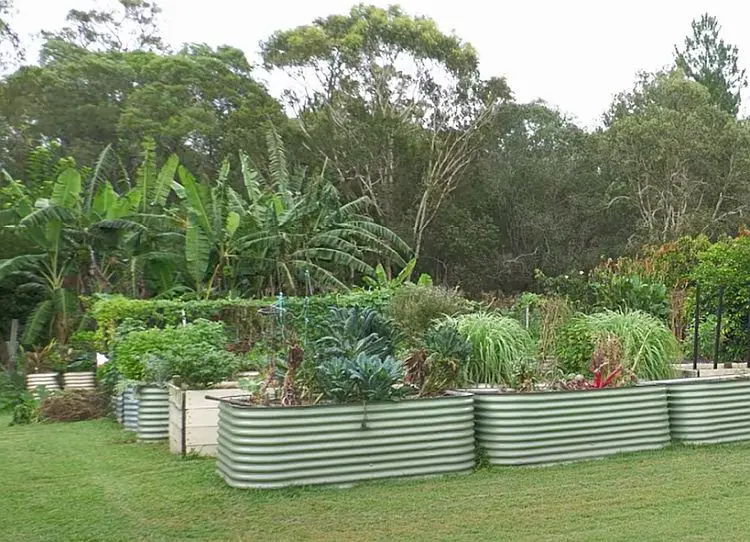
Learn to Garden
Many people put the idea of food gardening in the ‘too hard’ basket- but it’s easier than you think! The days of back-breaking hoeing & tilling are gone- these days there are a wide variety of raised beds that make veggie gardening easy. Raised beds are an efficient use of space, too, so you can grow a lot of food in just a few square metres. Many veggies (like potatoes, herbs, tomatoes, leafy greens) can be grown in easy-to-manage pots and vertical planters too. There are many kinds of garden beds you can DIY if you’re handy. You will be able to source cheap secondhand materials for them from marketplace, tip shops, recycling centres and the like.

You can start by purchasing seedlings (starts) and growing those, but once you get some experience and confidence up you’ll want to move on to growing from seed (more on this below). Seed raising pellets are a great stepping stone in learning to grow from seed- here’s our guide to using them.
If you’re not in your forever home but are eventually wanting a bigger garden, you can start learning and practising where you are. Think of it as learning the basics now so you can put your knowledge to use on a larger scale later. Even if you only have a balcony or small rented garden with pots, you will still learn a lot- remember that nothing is ever ideal in the beginning!
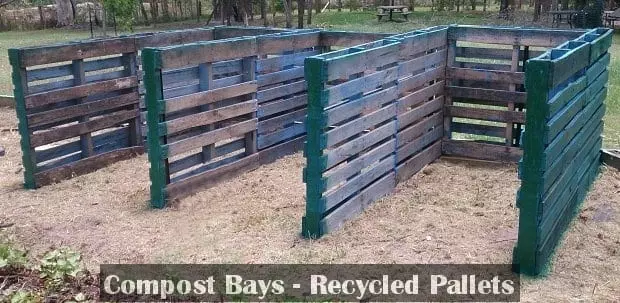
Learn to Compost
Compost is amazing garden fertiliser which you can DIY for free. You basically pile up your organic waste materials then wait for them to break down & and turn into garden fertiliser. It contains things like lawn clippings, tree prunings, dead leaves, coffee grounds, food scraps and chicken manure. Once the ingredients have all broken down and mixed together, the resulting compost can be used on almost every plant in the garden.
I think of composting as a cog in the wheel of food sustainability, because you’re recycling organic waste. You’re taking the energy that is already around your home & garden and using it to feed the soil & grow your garden. Not to mention, it reduces your gardening costs.
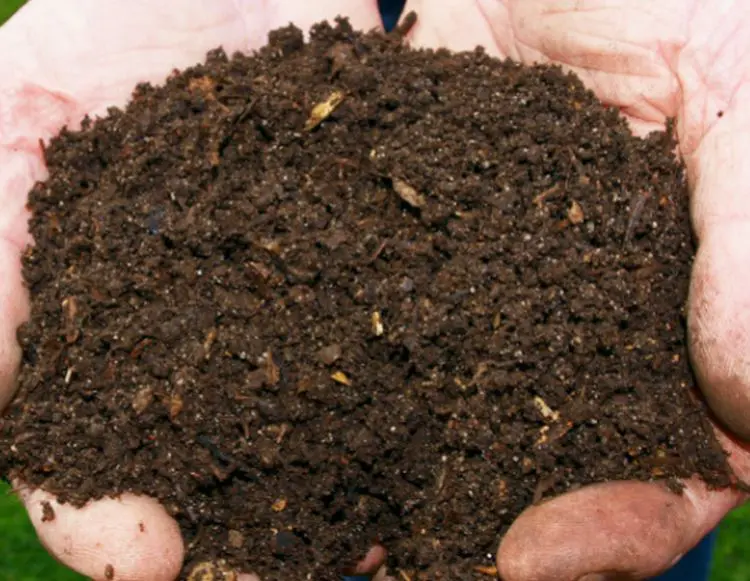
Just like with gardening, even a small-scale composting effort is worth it. If you’re short on space or know you’ll be moving house at some point, consider composting with a portable worm farm. Worm farms can are cheap and simple to make in a single lidded styrofoam box- my first one only cost me the price of the worms themselves. Two years later, it’s still going strong.
Grow from Seed
Growing veggies from store-bought seedlings is a good place for beginners to start but you’ll grow better food & save more money if you learn to grow from seed.
If you’re not confident, start with veggies whose seedlings are big and easy to handle. These include pumpkin, beans, zucchini, peas, kale, okra and corn. Be sure to only grow things in the recommended season, at least to begin with, as doing otherwise sets you up for failure. As above, using seed raising pellets makes the job easier, although they are an extra cost and can’t be re-used.

The main thing to remember about growing from seed is to keep an eye on your seedlings regularly. Keeping tiny seedlings moist and out of strong sun is key. Just like human babies, new seedlings are very vulnerable so need to be watched constantly. Consider setting up some sort of regular reminder so that you can’t forget. Perhaps a diary note, calendar reminder or phone alarm would work for you.
Learning to save seed for future crops completes the cycle. Growing plants from seed then saving new seed at the end of the season obviously saves money, but makes a significant contribution to your food security and is the most sustainable way to garden.
Cook from Scratch
Cooking from scratch not only saves you money but teaches you to cook what you grow and eat seasonally. And while being truly self-sufficient is these days very difficult, we can all at least take some steps in that direction.
Practical steps you can take include creating a sourdough starter & making your own bread. Growing broad beans, canning and storing them. Growing your favourite spices to make your own spice powders. There are lots of great food items you can make at home, including pickles, jams, chutney, relish and ferments.
Ultimately, the biggest step you can take is to start- start now, start where you are. Start learning, practising, volunteering or asking questions. Even if you’re not yet in your dream home, there are always practical steps you can take towards food security.


